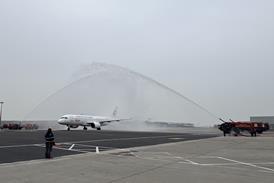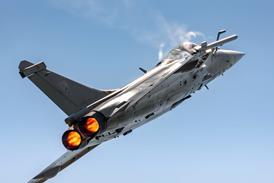European flight time limitation draft legislation, originally drawn up under the Joint Aviation Authorities, is now under scrutiny again because the European Aviation Safety Agency and the European Commission have to turn JAA recommended practice into EU law. This incredibly complex template for working out maximum allowable pilot duty hours tries to take into account every imaginable difference in the type of airline operation, with the sole purpose of preventing dangerous levels of fatigue.
However inspired the lawmakers try to be, it will be a compromise that satisfies no-one completely and seriously annoys many. But that does not mean it should not exist. Europe should have a flight time limitation template based on best practice and scientific research that delineates clearly what the normal flight duty time limits are. The problem is that any such rules have to make assumptions about what is "normal", because there is such a huge disparity between the kind of stresses pilots face in different types of operation: there is long haul compared with multi-sector short haul there are duties that start very early and those that start late those that fly north/south and those that cross multiple time zones. But the variations go further: some airlines fly all those types of operation, and others fly only one: low-cost scheduled carriers normally fly multi-sector short haul, and their crews and aircraft get a break at night-time. Charter airlines don't give their aeroplanes a break at night in the high season - they operate a 24h day - and their crews often have to work and sleep at non-circadian times.
This flight time limitation legislation - to be known as EU Ops Sub-part Q - is a crude tool that airlines must be allowed to fine-tune, using the well-established principle of "equivalent safety", using the Q-based system tailored for the peculiarities of their own operation. Airlines will not - quite rightly - be allowed to clear the fine-tuning themselves, but should work with their national aviation authorities in their capacity as enforcers of EASA regulations. The burden of proof should be on the airline. EasyJet and the UK Civil Aviation Authority have been working together with scientists and sleep specialists looking for a better system than the current regulations allowed - better for the airline and better for safety simultaneously.
If the optimum solution for any given airline and its crews is not available under Sub-part Q, there must be a system for allowing them to seek it.
Source: Flight International























